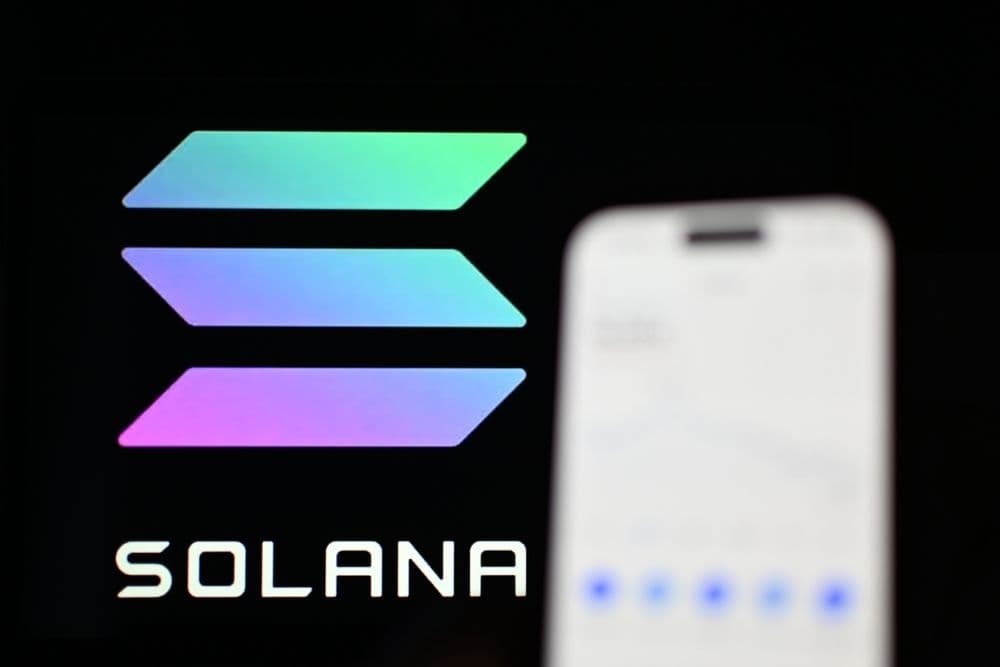 Huawei’s Ascend 910D is faster than the 910C and targets AI training and inference, challenging Nvidia’s H100. (Huawei Ascend 910D Chip/AI Generated))
Huawei’s Ascend 910D is faster than the 910C and targets AI training and inference, challenging Nvidia’s H100. (Huawei Ascend 910D Chip/AI Generated))Sources familiar with the project told WSJ that Huawei has been reaching out to major Chinese tech firms, offering early access to test the Ascend 910D chips, with mass production expected later this year. Sample deliveries are anticipated by late May, positioning Huawei to challenge Nvidia's dominance in China's booming AI sector, which is increasingly constrained by U.S. export controls.
In parallel, Huawei is preparing to begin mass shipments of the Ascend 910C chip as soon as next month. The 910C combines two of the company’s 910B processors, offering a performance profile that reportedly rivals the Nvidia H100. Huawei is betting that its latest hardware developments will help China fill the vacuum left by U.S. export restrictions, which have barred Nvidia from selling its most advanced chips, including the H100 and upcoming B200, to Chinese customers.
The new chips are part of a broader Chinese strategy to bolster its domestic semiconductor industry after Washington blacklisted Huawei in 2019 and later tightened restrictions on advanced chip exports to Chinese firms. Huawei has leaned heavily into domestic capabilities, with the Ascend 910C manufactured using Semiconductor Manufacturing International Corporation’s (SMIC) 7nm N+2 process, a notable technical achievement given global concerns about China’s lagging access to leading-edge fabrication technology.
Huawei’s Ascend 910D is said to be faster than the Ascend 910C and is aimed squarely at AI model training and inference tasks, the same markets Nvidia's H100 dominates globally. While performance benchmarks are still under wraps, industry experts suggest the competition could be closer than initially expected.
Indeed, one of the significant hurdles for Huawei and other Chinese chipmakers is the lack of a comprehensive AI software ecosystem to match Nvidia’s CUDA platform. However, China’s tech companies have been working to adapt their systems, using a mix of domestic chips and Nvidia’s older products that are still legally available. Developers have also been building translation layers and middleware to help bridge compatibility gaps between different chip architectures.
In a notable push to enhance its AI infrastructure capabilities, Huawei unveiled the CloudMatrix 384 supernode earlier this month. This system connects hundreds of Ascend 910C chips to deliver massive computational power for AI model training, a move seen as a direct response to U.S. efforts to throttle China's access to advanced cloud and AI computing services. This initiative underscores Huawei’s growing vertical integration in the AI stack, from hardware to cloud services.
While Huawei faces enormous challenges, including ongoing U.S. sanctions, the progress it has made in developing cutting-edge AI hardware represents a major milestone. It also reflects the broader resilience and ambition of China's tech sector, which continues to innovate under pressure.
Chinese officials have repeatedly stressed the importance of technological self-sufficiency, particularly in AI and semiconductors, as the country views these sectors as critical to future economic and military competitiveness. The Chinese government has poured billions into domestic chip research and development, offering subsidies, tax breaks, and other support to companies like Huawei.
If Huawei’s Ascend 910D delivers performance on par with or better than Nvidia’s H100, it could represent a turning point in the global semiconductor competition, a race that has implications far beyond business, potentially reshaping the geopolitical landscape of technology.
As Huawei prepares for mass deployment of its AI chips, global tech observers will be closely watching not just performance metrics, but also how quickly China's broader AI ecosystem can adapt and thrive with homegrown hardware.

Binance Junior brings crypto to families

SKR debuts January 2026 as Solana Mobile grows its vision

UAE takes the No. 1 spot worldwide for AI adoption

Solana emerges as RWA hotspot with over 105K holders